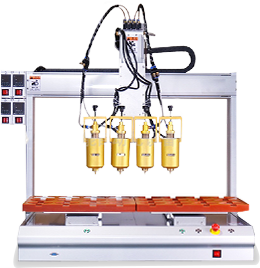

Chassis heat dissipation net hardware parts stamping parts are made of high-quality metal plates (such as galvanized steel plates, aluminum alloy plates) and are formed by precision stamping technology. The overall structure is a regular mesh plate, with honeycomb and grid-shaped ventilation holes on the surface, suitable for computer cases, industrial control cabinets and other equipment. It has excellent ventilation and heat dissipation and dust protection functions, can effectively guide the airflow to pass through, discharge the internal heat of the equipment, and block the intrusion of dust and foreign matter, creating a stable and clean operating environment for the electronic components in the chassis. It is a key component of the chassis hardware protection and heat dissipation system.
Features | Details |
Various hole types | Support customization of honeycomb holes, round holes, square holes, etc., match the heat dissipation and aesthetic requirements of the equipment on demand, optimize the airflow path, and improve the heat dissipation efficiency |
Excellent precision | Processed by CNC stamping equipment, precise hole position, flat mesh surface, and chassis installation position tolerance ≤±0.1mm, ensuring installation sealing and adaptability |
Material adaptability | Optional galvanized steel (rust-proof, cost-effective), aluminum alloy (lightweight, good thermal conductivity), adapted to different chassis application scenarios (such as industrial control chooses aluminum alloy for corrosion resistance) |
Reliable protection | The metal mesh plate has a strong structure, impact resistance, wear resistance, and the ventilation hole design takes into account protection, blocking large particles of dust, and extending the life of equipment components |
During the design phase, we conducted an in-depth investigation of the chassis heat dissipation requirements and installation standards, combined with fluid mechanics simulation to optimize the hole density and arrangement, such as encrypting the holes for high-heat graphics card areas. In the production process, a multi-station continuous stamping die is used, combined with a servo press to achieve integrated punching, blanking, and trimming to ensure that the mesh surface is free of burrs and deformation. The surface can be sprayed and anodized to enhance the anti-corrosion and anti-rust properties, and adapt to humid and dusty environments.
The actual application covers the fields of consumer electronics and industrial control. In the computer case, it provides ventilation channels for the CPU and GPU heat dissipation modules to help the game console run stably; in the industrial control cabinet, it protects servers, PLCs and other equipment, and ensures low-temperature and clean operation of equipment in high-temperature workshops, data centers and other scenarios. With the characteristics of "precise heat dissipation, reliable protection, and flexible adaptation", it has become a core component of chassis hardware integration, promoting the two-way improvement of electronic equipment in performance and stability, and building a solid heat dissipation protection barrier for efficient operation of equipment.
 Headquarters tel.
Headquarters tel. E-mail.
E-mail.